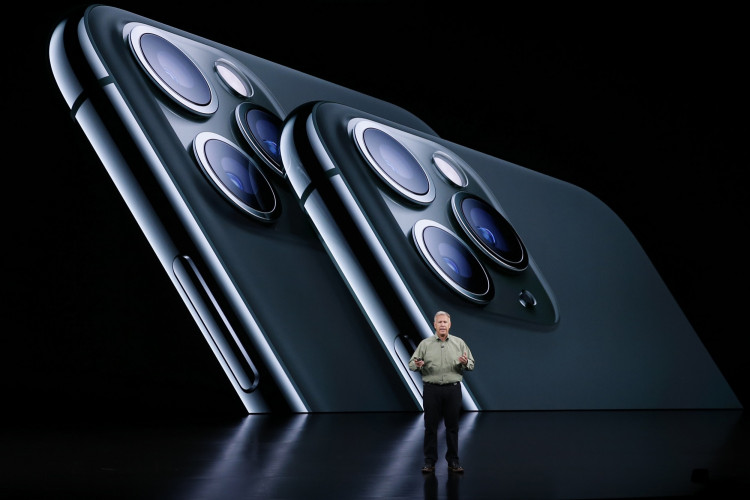The iPhone 11 camera is seen as the only new thing about the device - its top-notch capability and its square-like design - that prospective buyers could think twice before burning their cash. It might be good to wait, and if the latest note from an analyst is to be believed, the next iPhone release is the one worth watching for.
The contraption that presumably will be called the iPhone 12 will still boast the mix of metal and glass but it will also remind of a model beloved in the Apple sphere - the iPhone 4 that spawned the exact or similar design language employed with the iPhone 4S, the iPhone 5, the iPhone 5S, and the iPhone SE. According to Ming-chi Kuo, fans will surely picture the mentioned devices once the iPhone 2020 models are released.
Kuo's latest note, which MacRumors first picked up, indicates a radical redesign that will depart from the existing line. The glass and metal structure will boast of significant change though inspired by a previous Jony Ive creation.
"We predict that the new 2H20 iPhone design will change significantly ... The metal frame and the front and rear 2/2.5D glass are still used, but the metal frame surface will be changed to a similar design to the iPhone 4, replacing the current surface design," the note from Kuo stated.
The chassis, for instance, will be characterized by "a more complex segmentation design," and engineers will make use of "new trenching and injection molding procedures, and sapphire or glass cover assembly to protect the trench injection molding structure."
However, Apple's decision to finally ditch the same device that was introduced with the iPhone X will lead to higher manufacturing cost.
The new design too might be inspired by the iPhone 4 yet according to Forbes, the iPhone next year will deliver a new design, fresh technology, and certainly a new line of handset features and capabilities.
The same report indicated that Apple will try to reduce the cost of building the next-gen iPhone's OLED display - supposedly to come out in 5.4-inch, 6.1-inch and 6.7-inch screen sizes - for the purpose of decreasing the overall production coast.
Obviously, the intention to cut down on manufacturing expenses is to ensure that these future iPhone releases will not be overly pricey. The selling price, though will be justified by the device's support of G5 connectivity, a feature that likely will be exclusive to the premium models.
Notwithstanding the concern for pricing, Kuo said Apple is confident of shipping around 85 million units once the iPhone 12 becomes initially available. The estimates will represent an improvement from the same period this 2019, in which the tech giant is seen to ship out 75 million units.
The increase will depend on consumers' reaction to the handsets with re-engineered structure, which Kuo said will be the 2019 iPhone series' major selling point.




